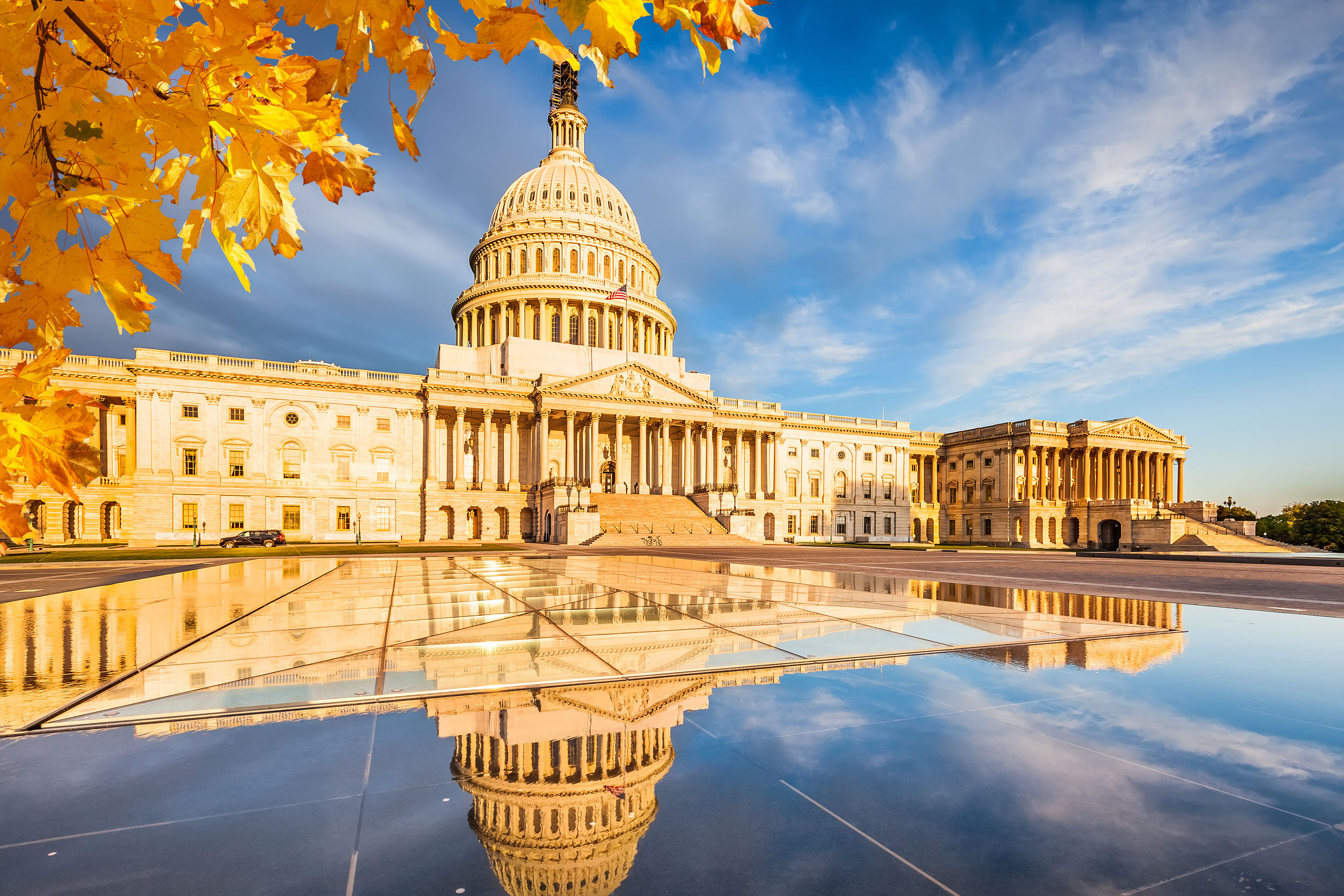
This week, we will take a closer look at one of the most interesting “new” tools in the effort by a wide array of NHC members and the Black Homeownership Collaborative to close the racial homeownership gap – Special Purpose Credit Programs (SPCPs).
In fact, SPCPs are not new. They originated in the 1974 Equal Credit Opportunity Act (ECOA). However, regulators of the Government Sponsored Enterprises and the banking industry have singled out SPCPs as one of the few ways to directly target specific underserved groups who have been subjected to discrimination, often under the color of federal law, throughout our nation’s history.
This note will examine SPCPs in detail with the help of a new SPCP toolkit published this month by the National Fair Housing Alliance and the Mortgage Bankers Association. That’s quite a pairing and a sure sign that SPCPs will be a part of the future. The remainder of this note will quote liberally from this highly detailed online guide and should serve as a reasonable introduction. However, I encourage you to spend as much time as possible with the SPCP toolkit to fully understand the many facets of this important tool.
SPCPs are targeted lending products designed to specifically advantage an economically disadvantaged group of people. SPCPs are explicitly permitted by ECOA, which prohibits discrimination in credit based on race or national origin, among other factors. However, ECOA also states that it does not constitute discrimination for a for-profit organization to refuse to extend credit offered under a special purpose credit program in order “to meet special social needs” or for a nonprofit to administer a “credit assistance program” for its members or an “economically disadvantaged class of persons.”
Congress ensured that these programs permit consideration of prohibited bases such as race, national origin, or sex to increase access for people denied it in the past. This is especially important because the privileges of government-subsidized mortgages were made widely available to white borrowers and denied to people of color. These benefits have a multigenerational impact.
Lenders can choose to create an SPCP targeted by race or ethnicity and by geography based on majority-minority, greatest disparities, and greatest need. The determination of whether to base a program on individual characteristics or geographic characteristics depends in part on the data demonstrating the need for the program, in part on the specific goals of the lender, and in part on the lender’s risk tolerance.
Monitoring provides data and feedback to ensure it reaches the intended beneficiaries, including race and/or ethnicity, among other program data. In the case of SPCPs based on individual characteristics, the lender needs to decide if the SPCP will be open to all borrowers of color or limited to some subset (e.g., Black borrowers only, Black and Hispanic borrowers, etc.; or majority-Black, majority-Black and/or Hispanic, etc. census tracts). If comparable disparities exist for borrowers in different groups, a lender might include all such groups in the program.
In addition to demographic eligibility, other eligibility criteria might be included to ensure responsible lending and identify a group of borrowers most likely to benefit from the SPCP. Wealth and income disparities exist within protected classes, and access to credit can vary based on credit score and other borrower characteristics.
Several lenders and nonprofits have already launched SPCPs, and many more are expected to do so thanks to recent guidance from the US Department of Housing and Urban Development and the Consumer Financial Protection Bureau. If CRA incorporates SPCPs in bank evaluations, as NHC advocates, we expect to see many more programs launched in the next year.
- Chase Home Lending announced in February 2021 the expansion of its grant program to $5,000 to help more customers cover closing costs and down payments when buying a home in 6,700 minority neighborhoods nationwide. Qualified customers can receive an additional $500 by completing a certified education course. The program is part of JPMorgan Chase’s $30 billion Path Forward commitment to help close the racial wealth gap.
- TD Bank launched its Home Access Mortgage in March. It provides prospective buyers with an affordable mortgage option, including a $5,000 lender credit which does not require repayment, that borrowers can use for closing costs or toward a down payment on a home purchase. It also offers more flexibility with a greater debt-to-income (DTI) ratio, expanded underwriting requirements, and credit parameters that increase accessibility. In addition, the program is geographically targeted.
- LISC San Diego has launched the San Diego Black Homebuyers Program that provides down payment or closing cost assistance for eligible Black first-time homebuyers. Grants of $40,000 are available to Black first-time homebuyers living in San Diego County and earning less than 120% of the area median income.
SPCPs will be a major focus of NHCs racial equity work in the future, in terms of policy advocacy like CRA modernization and research and information sharing. It is just one of the many facets of the Black Homeownership Collaborative’s 3by30 Initiative.

